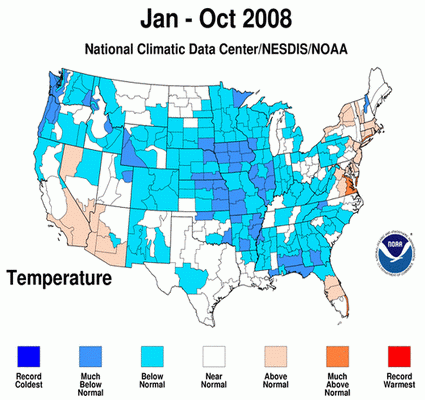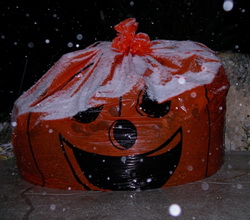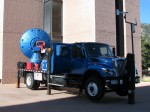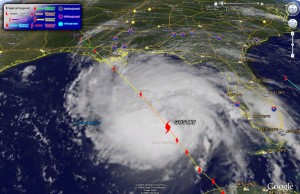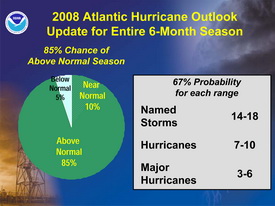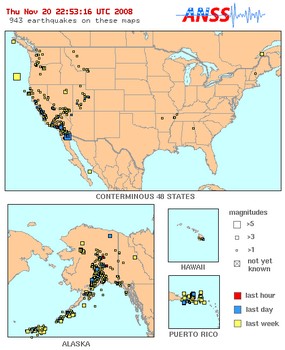
Thanks to the wonderful community that surrounds weather station operators, we are pleased to announce two new features added to our site.
Our new Earthquake Activity page displays earthquake data directly from the United States Geological Survey (USGS). A report at the top highlights activity within 500 miles of Denver and a map displays activity nationwide.
Also new is our Wildland Fire Activity page that shows an integrated Google Map of all recent major wildland fires in the continental United States. You can click on any incident to get more details. Below the map is the latest wildland fire news from FireHouse.com. In light of the recent fires in California, this is a timely addition. Special thanks to one of our regular visitors, David Canfield, for this suggestion.
Both items are now available under the Almanac menu item on the left.
Do you have an idea of something you would like to see added or improved on ThorntonWeather.com? Don’t be shy! Let us know! Click here to contact us.



